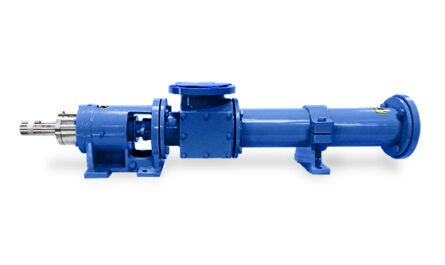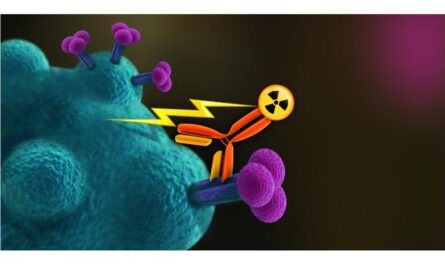Overview of Glucose Biosensors Industry Technologies
Glucose biosensors have become a crucial technology for diabetes management and monitoring. Traditional blood glucose monitoring requires obtaining blood samples via fingerpricks multiple times per day, which can be unpleasant and discouraging for patients. However, new non-invasive glucose monitoring technologies are being developed using biosensors that could revolutionize diabetes care.
Working Principle of Glucose Biosensors Industry
Most modern Global Glucose Biosensors use the enzyme glucose oxidase, which catalyzes the oxidation of glucose to produce gluconic acid and hydrogen peroxide. The hydrogen peroxide produced is then detected by the sensor, allowing for the quantitation of glucose concentration. Biosensors designed for non-invasive measurements must be able to detect glucose levels in alternative biofluids like tears, saliva, sweat or interstitial fluid under the skin. This presents unique technical challenges compared to testing blood.
Non-Invasive Testing Via Continuous Glucose Monitoring Systems
One promising approach is the development of continuous glucose monitoring (CGM) systems that can be worn on the skin like a patch. These CGM devices contain a miniaturized glucose biosensor inserted just under the skin. Some utilize electrochemical sensing techniques to detect glucose levels in interstitial fluid every few minutes with sensors lasting up to 14 days. While not truly non-invasive, CGMs eliminate the need for frequent fingerpricks and provide near real-time glucose trend information to patients and clinicians. Major manufacturers like Dexcom and Abbott have FDA-approved CGM devices on the market.
Saliva as a Potential Biofluid Source
Saliva is a biofluid gaining attention for non-invasive glucose monitoring due to the ease of collection. However, salivary glucose concentrations are approximately half that of blood levels, presenting technical barriers. Researchers in India developed a disposable saliva glucose biosensor using ammoniumhexacyanoferrate as the transducer along with glucose oxidase. Through differential pulse voltammetry, it was able to detect glucose levels from 0.25-2.25 mM with high sensitivity and selectivity. This type of salivary biosensor could potentially be adapted for use in home testing devices.
Tear Fluid Glucose Detection
Tear fluid is Another biofluid under investigation. It has physiologically relevant glucose levels similar to those in blood and can be easily accessed non-invasively via the eye corner. German scientists constructed an amperometric biosensor to analyze glucose in tear fluid using screen-printed carbon electrodes modified with platinum nanoparticles and glucose oxidase. Clinical studies demonstrated a strong linear correlation between tear and blood glucose readings. This opens possibilities for ocular contact lens-based continuous monitoring systems in the future.
Sweat Sensing Approaches
Sweat offers a low-cost, painless monitoring approach. However, its analytical capabilities are limited by a dilution effect and variability between individuals. Researchers exploited 3D printing and microfluidic technologies to construct highly sensitive amperometric lactate and glucose sweat sensors. Clinical trials indicated these wearable sensors correlate well with venous values over multiple days. Separately, a Korean group reported a graphene-based sweat biosensor that exhibited fast response time (~10 seconds), wide detection range, and good stability for measuring sweat glucose non-invasively during exercise.
Advancing Point-of-Care Technologies
Portable, handheld devices are needed to enable convenient point-of-care testing outside clinical settings. Scientists created a microfluidic biosensor integrated onto a credit card-sized plastic substrate for rapid glucose analysis of tears with results comparable to central laboratory instruments. Incorporating similar lab-on-a-chip type technologies into smartphone peripherals or standalone units could revolutionize diabetes management through on-the-spot glucose monitoring and data sharing capabilities. Wearable devices may one day incorporate multiplexed biosensing of various biomarkers like lactate andketones in addition to glucose.
Regulatory Considerations and Future Outlook
rigorous clinical validation studies will be essential to gain regulatory approvals for commercial non-invasive glucose monitoring systems. Data must demonstrate conclusive correlation with gold standard blood testing across diverse patient populations and clinical scenarios. Concerns around reliability, accuracy and consistency over long periods remain challenges.
In Summary, continuous progress in miniaturizing biosensors, integrating sensing with connected mobile devices, and tapping new biofluid sources shows promise to advance patient care and outcomes through routine , easy to use non-invasive diabetes monitoring options in the coming years. With ongoing research and development efforts globally, innovative biosensor technologies have the potential to transform diabetes management.
*Note:
1.Source: Coherent Market Insights, Public sources, Desk research
2.We have leveraged AI tools to mine information and compile it



